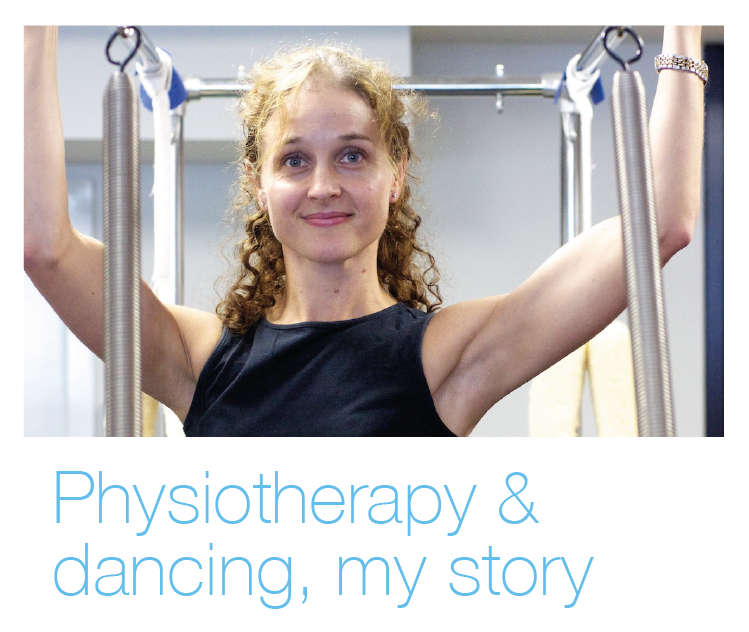Physiotherapy and Dancing, my story
Physiotherapy and Dancing, my story
by Rachel Quested (Doctor, APA Sports Titled Physiotherapist, APPI Pilates and Dancing Athlete educator)
I have been a fan of dance and a dancer since I was 5 years old. At about the age of 14 I realized that careers in dance do not stop on the stage. I was fortunate to be offered a place at UQ to study Physiotherapy and completed my Honours degree with some research into the Posture of the Classical Dancer. I then went on to work with dancers, from the Laban school in London, through to touring with Matthew Bourne’s New Adventures, the Royal Ballet Upper School and the Queensland Ballet.
I have worked in other sports at the elite level as well; Rugby, Swimming, Netball and Triathlon. These sports have a larger participant pool, attract more sponsorship and a greater general understanding exists as to the training requirements and injuries. There are many courses aimed at teaching the health practitioner ways to prevent, assess and treat injuries in these populations.
There is not this much knowledge for those working with dance. When I first started, I found a small section in a well known Sports Textbook on the posterior ankle and that was about it! There is increasing research and knowledge out there these days and it is important to stay abreast of it. Organisations like Dance UK and IADMS work continuously to bring the issues and successes of being a dancer to the forefront of Sports Science and dancers are reaping the benefits. There is also increasing popular appeal with shows such as Dancing with the Stars and the fame of personalities like Li CunXin.
Dance is such a precise art form with great athletic demand. Female classical dancers learn to put their entire body weight on the tip of a great toe and males have to lift and jump while maintaining perfect stage position and character. Any dancer has to learn to know their body to the extent that they are aware of and can modify the position and orientation of any joint during every movement. Some of this proprioceptive awareness and whole body movement is what makes dance so fantastic for everyone. Elite dancers make up a tiny portion of those who can dance. Most of us participate for enjoyment and health.
I have found my career has progressed from Physiotherapist and Pilates teacher to now a Medical Doctor. My ambitions are to stay in Sports Medicine in some capacity and continue to learn and work with dancers and other athletes.

The Dancing Athlete 1 day workshop
Are you working with dancers and would like some inside knowledge about helping your clients with the rigours of the sport? This course will go through the training demands of a dancer and revise the functional anatomy of dance. The way a dancer uses their hips, ankles and spine are the main focus. The types of injuries commonly encountered are reviewed and preventative and rehabilitation exercises are described and practiced. It is a highly practical course and will provide you with relevant tips for working with all levels of dancers, from the child starting ballet through to the elite level athlete. A pre-pointe assessment will also be given. Additionally, given the lessons learned from dance for treatment of the hips, foot and ankle complex in particular, there is much that can be used for athletes in other sports. One example is posterior ankle impingement, seen also in fast bowlers and soccer players, amongst other sports. The research and experience from working with dancers can be used to help improve outcome in these other athletes. The Dancing Athlete course will be returning to Melbourne on Sunday 20 March. The course will run from 9am-5pm at Viva Physiotherapy on Flinders Lane in the CBD. The cost of the course is $300. Book online now by clicking here or call 03 9981 1860. If you have any questions please contact us. Read more about Rachel and the Dancing Athlete course here.
